Two weeks ago, I was in Texas, traveling southeast from Christmas in Colorado with my husband and family. Winter Storm Blair had pushed us south towards I-40, instead of crossing Kansas as we had done our way out.
The previous day, we explored Otero, Baca, and Las Animas Counties in Colorado, admiring the landscapes and looking for life birds among frozen grassland and canyons. Slowly we wound our way to Cottonwood Canyon, just north of Oklahoma. We’d arrived in the canyon under a cold blue sky, but in the late afternoon, heavy, ominous clouds suddenly smothered that sky; it seemed to threaten snow, and soon. We agreed to get out of the canyon as fast as the dirt roads would permit us. Just before 5:00pm, as the sun set beneath the prairie and we turned from the dirt road onto blessedly paved US-385, fog rolled over the road. The fog grew and thickened as the day faded, twisting white mist blending with the blue darkness of the coming night.
Thus began an aggravating drive south through the Oklahoma panhandle, following slow, ponderous trucks, their taillights red pinpricks through the dense blanket of fog that guided me down the single lane of the President Donald J. Trump Highway. Finally, we arrived in Texas, with its passing lanes and higher speed limit; the road soon brought us to I-40, Amarillo, and a hotel.
This was my second time in Amarillo (and only my third time in Texas). Almost two decades ago, my best friend and I spent five weeks driving across the United States, following Route 66 west. Of Texas, I remember only the following: we had dinner at the Big Texas Steak Ranch, we ate Rocky Mountain oysters because the steak ranch was out of rattlesnake, and we visited the Cadillac Ranch, an outdoor art installation in the middle of a field.
Two weeks ago, I awoke in Amarillo to snow on the ground, ice on the car, and temperatures around 19°F, with wind chills around 0°. Gusts of wind ripped through the parking lot as we packed the car; tumbleweed spun over the snowy pavement. I put on two sweaters, two scarves, and a winter coat, and my husband and I headed for the Cadillac Ranch.
When I’d visited in 2008, both photos and my memory reflect that my friend and I were alone. This time, cars lined the road along the fence beyond which sandy soil stretched towards a field of shorn cornstalks; towering over it all were the ten Cadillacs. We joined the small crowd that pushed against the punishing wind towards the cars, a garish rainbow in the beige winter landscape.
The icy air slashed at exposed skin. House sparrows nested in the shadows within the cars; brown birds the colors of the dead cornfield, protected from the wind by brightly painted debris. Wanting to capture whatever nature was in this manmade space, I photographed the sparrows. I’d worn fingerless gloves to better operate my camera; the wind turned my fingers into painful icicles — stiff and frozen.
At the gift shop, my husband asked the staff why the Cadillacs had been placed partially buried in the field.
“Just art,” was the reply.
We left Amarillo and, before heading east towards home, detoured slightly south to Palo Duro Canyon State Park.
At 120 miles long and 20 miles wide, Palo Duro Canyon is the second largest canyon system in the United States. Here, another rainbow met us, but unlike the garish neon of the Cadillac Ranch, the canyon was a rainbow of pastel sunset shades. Ribbons of coral, gold, salmon, ochre, ginger, and dusty rose curved and bent across a landscape dotted with dark, distant junipers. According to the park brochure, four species of juniper grow in the canyon, and one of these, Rocky Mountain juniper, gives the canyon its name; “palo duro” means “strong wood.”
We spent three hours in the canyon, admiring the landscape and plants before the wind drove us back to the car. Although it was not wildflower season, I was able to find and photograph several plants in our brief visit, species that I rarely see and in some cases, were altogether new to me — redberry juniper (Juniperus pinchotii); honey mesquite (Neltuma glandulosa); Christmas cholla cactus (Cylindropuntia leptocaulis) with its long, sharp needles and brilliant red fruits; and sideoats gramma (Bouteloa curtipendula), the official Texas state grass. On fourwing saltbush (Atriplex canescens), a shrub with linear, gray-green leaves that remind me of a lavender plant, I found fluffy spheres attached to the stems, like white pompoms. These were the creations of a fly, the fourwing saltbush woolly gall midge (Asphondylia neomexicana).
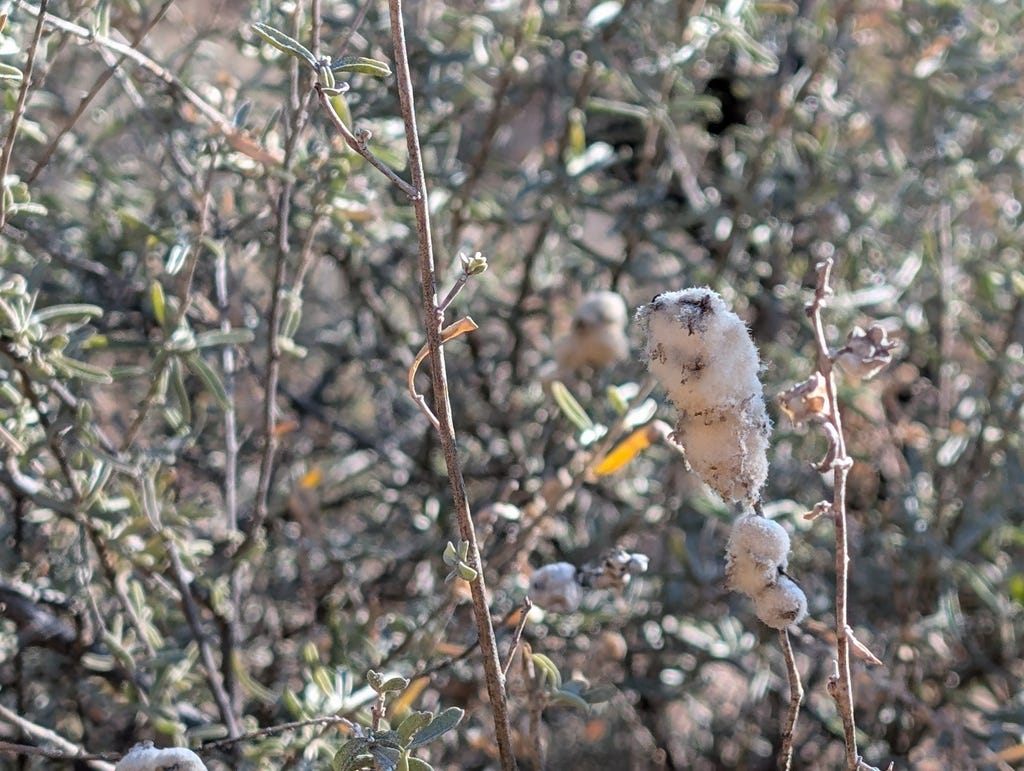
The frigid wind presumably kept birds sheltered from view; I did not see a golden-fronted woodpecker or much of the park’s bird biodiversity. At an overlook near the park entrance, I watched bald eagles soar with ravens. Later, at the entrance to the Goodnight Peak Loop, I heard the “pick” of a ladder-backed woodpecker (Dryobates scalaris), a call familiar to me because it is similar to that of its Atlanta cousin, the downy woodpecker (Dryobates pubescens). A few moments later, I glimpsed a flutter in a nearby juniper — a canyon towhee (Melozone fusca).
What makes this canyon spectacular is its geology, which I am ill-equipped to describe. Geology is a gaping hole in my natural education; somehow I made it through college with a botany degree and no course in geology. I’ve tried to teach myself in recent years and find it challenging. (I plan to commit to this in 2025.)
In the meantime, in trying to research to write this post, I found myself lost in a sea of unfamiliar words like “Quartermaster formation” and “Ogallala.” The terminology was foreign as was the geology itself; hoodoos and playa lakes are formations I do not encounter in Georgia, where I hold onto phrases such as “Hollis quartzite” and “Pine Mountain terrane” as though they are a life raft in the sea of jargon I have yet to comprehend.
Thus I was thrilled to find Summits and Strata, the Substack of Amanda Rea, which not only focuses on geology, but also includes a recent post about this very canyon. Rather than insert my own watered-down paraphrasing, I share her post1 with you, and limit my presentation of the park’s geology to only photos.
After three hours, we returned to the road, heading east on I-40 towards home. I have vowed to return to Palo Duro Canyon; I hope to camp for at least two nights on our next road trip west. I want to see its flowers in bloom, its vast diversity of birds, insects as yet unknown to me, and maybe even a Texas horned lizard. I want to hike the Lighthouse Trail. I want to spend more time exploring the park — and the state of Texas itself. But two weeks ago, a threatened severe thunderstorm across much of I-20 kept us from heading further south into Texas. We kept to I-40, soon crossing into Oklahoma. And so, after three visits to Texas, I have only explored a tiny bit of the panhandle. Someday, I will return. Someday, I will get to know more of Texas.
Thank you, Misti Little of On Texas Nature for the recommendation to visit Palo Duro Canyon State Park!

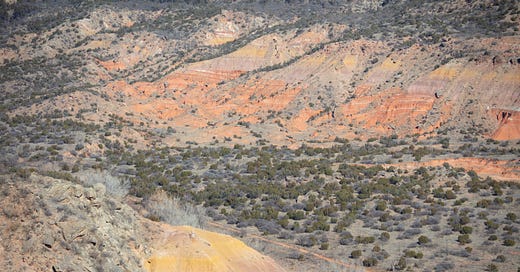


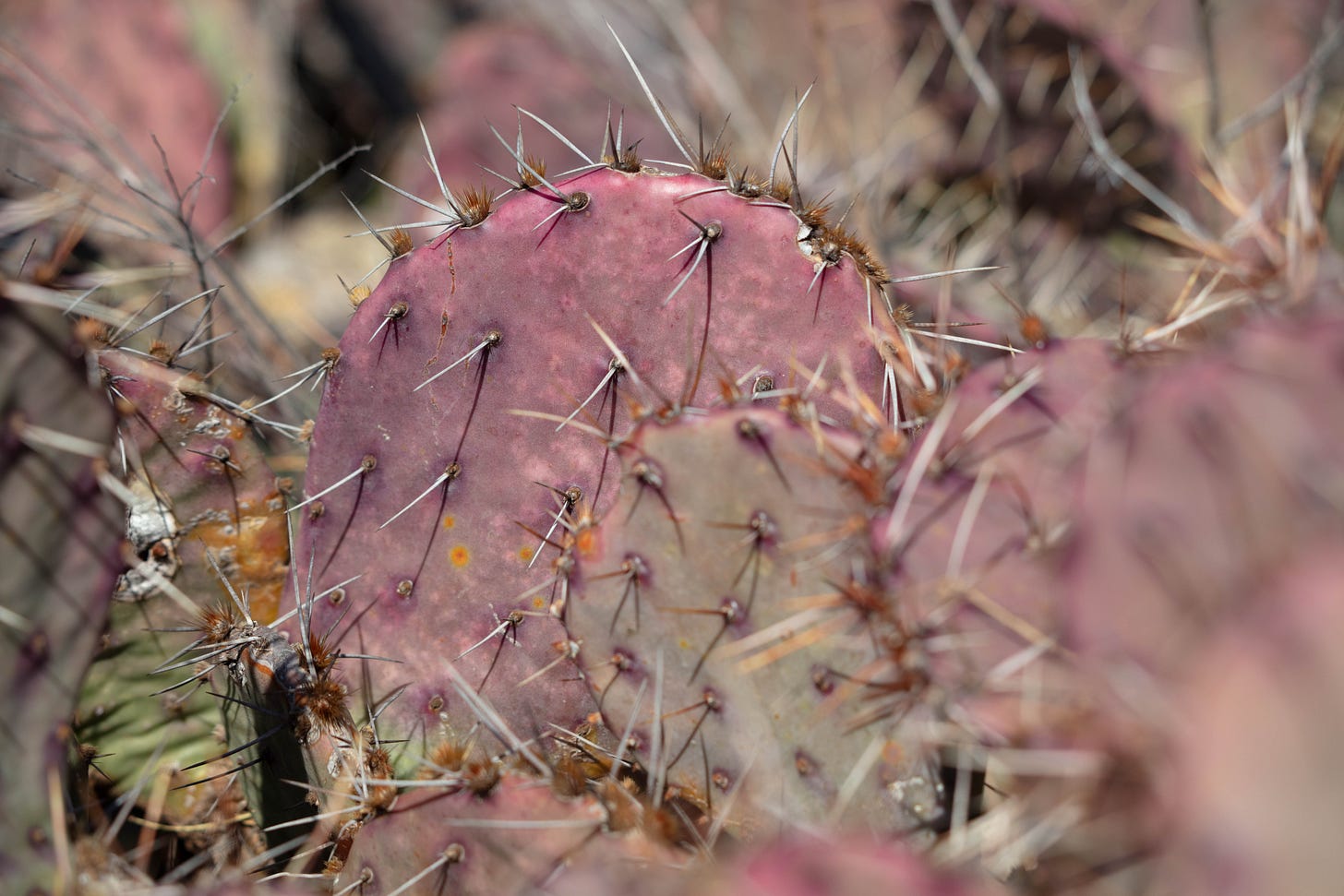
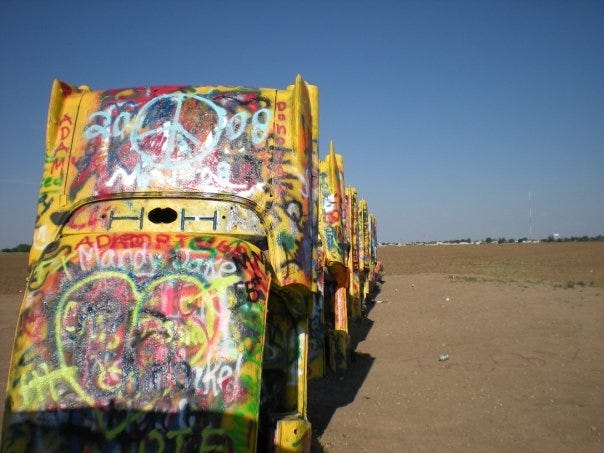



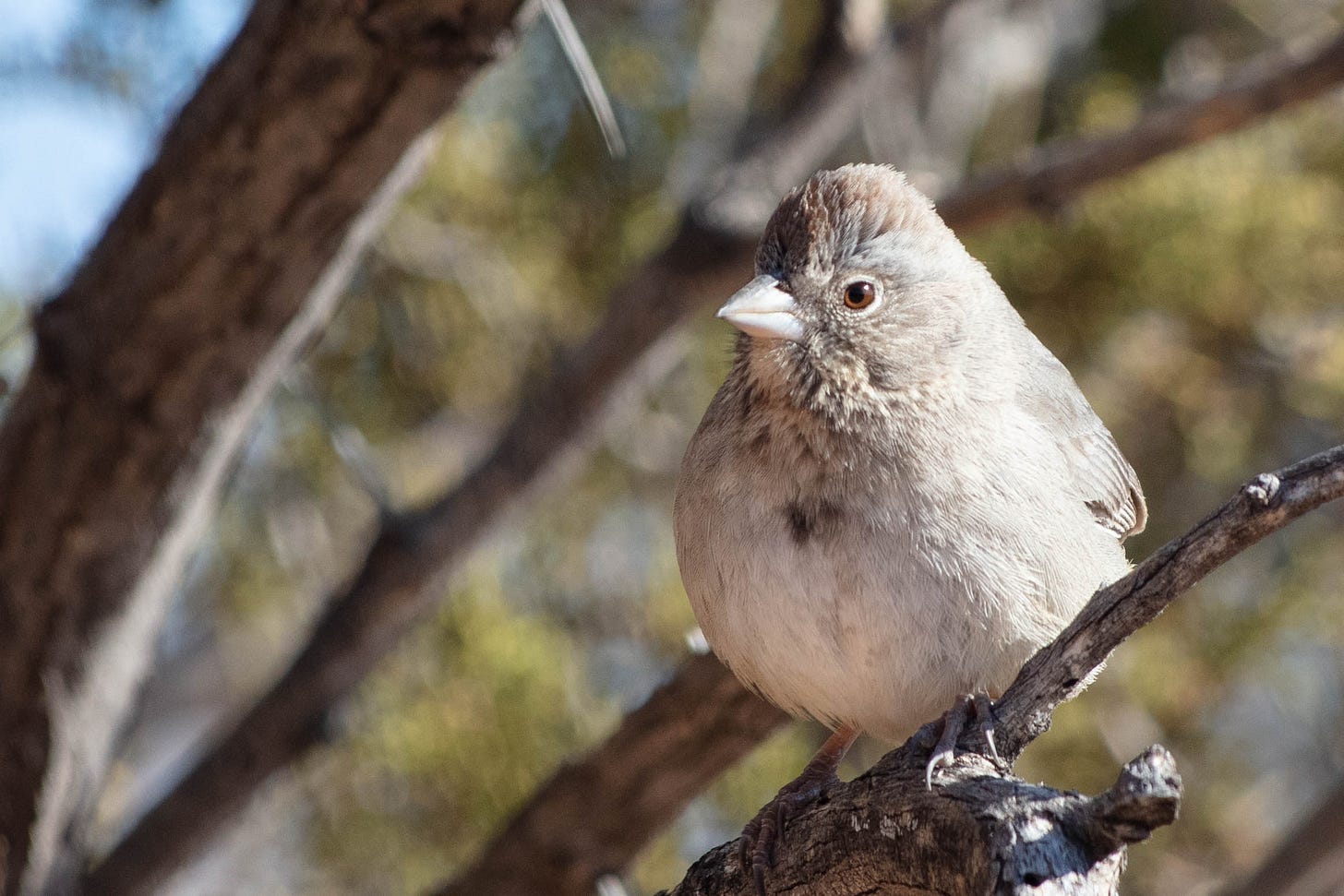
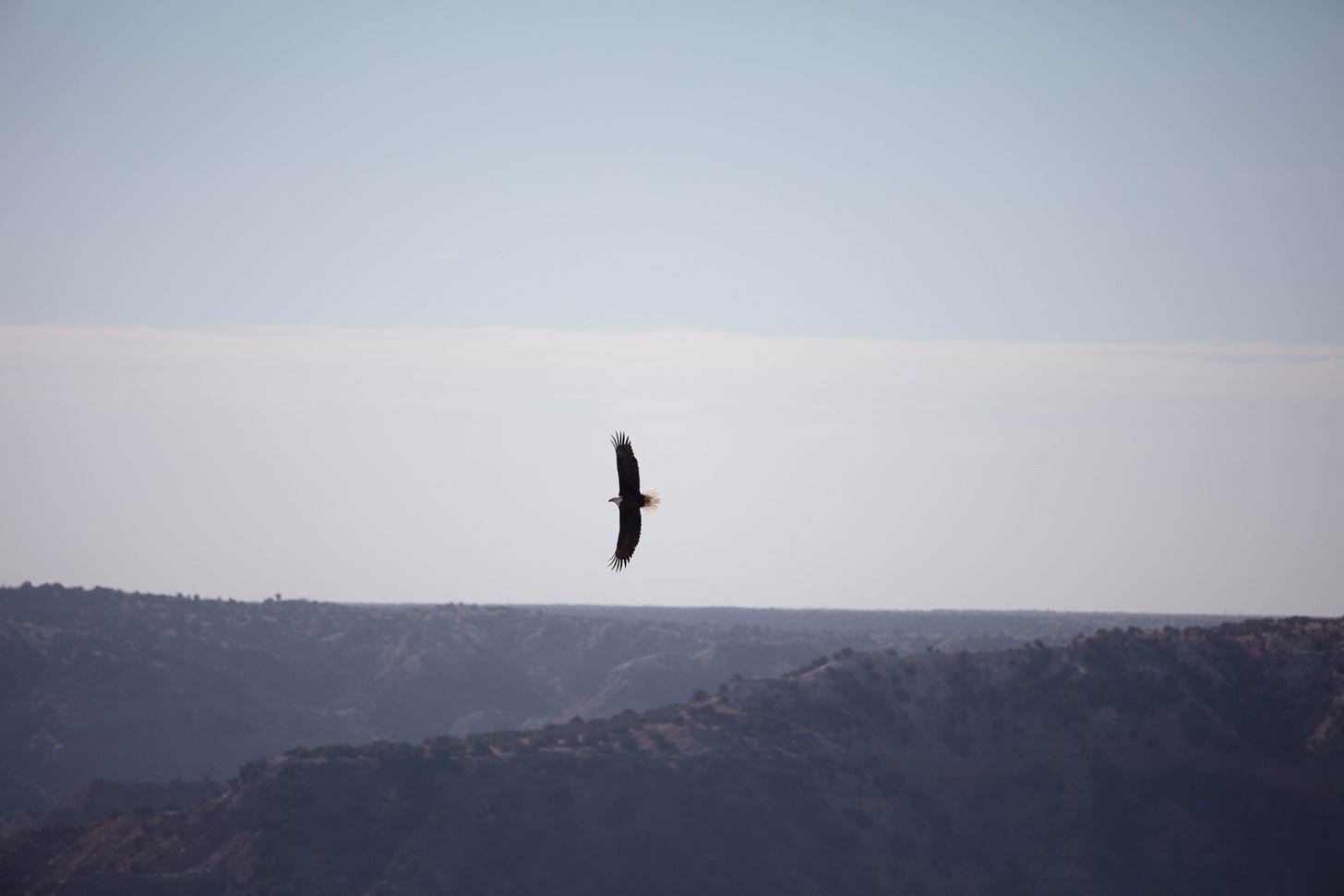
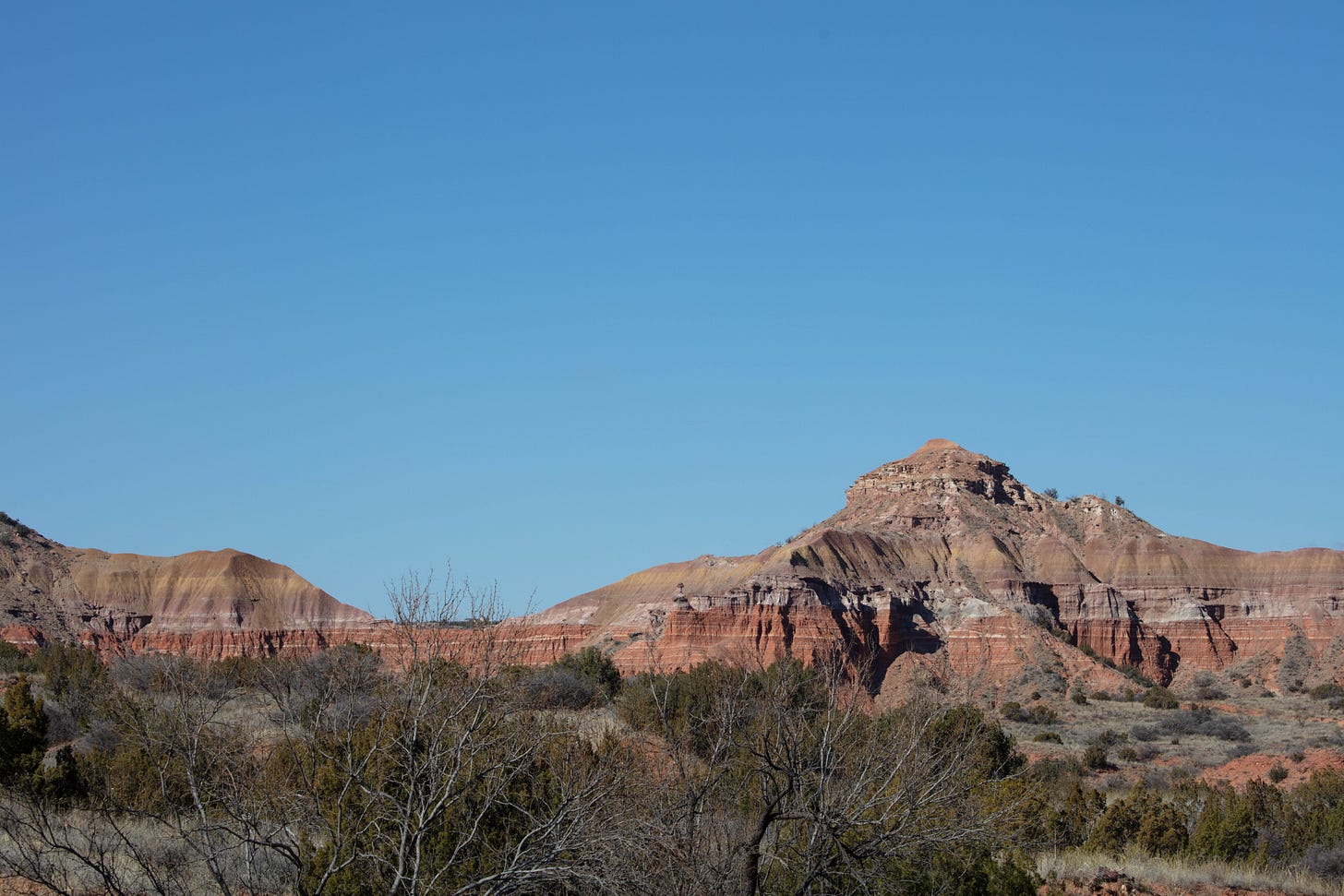
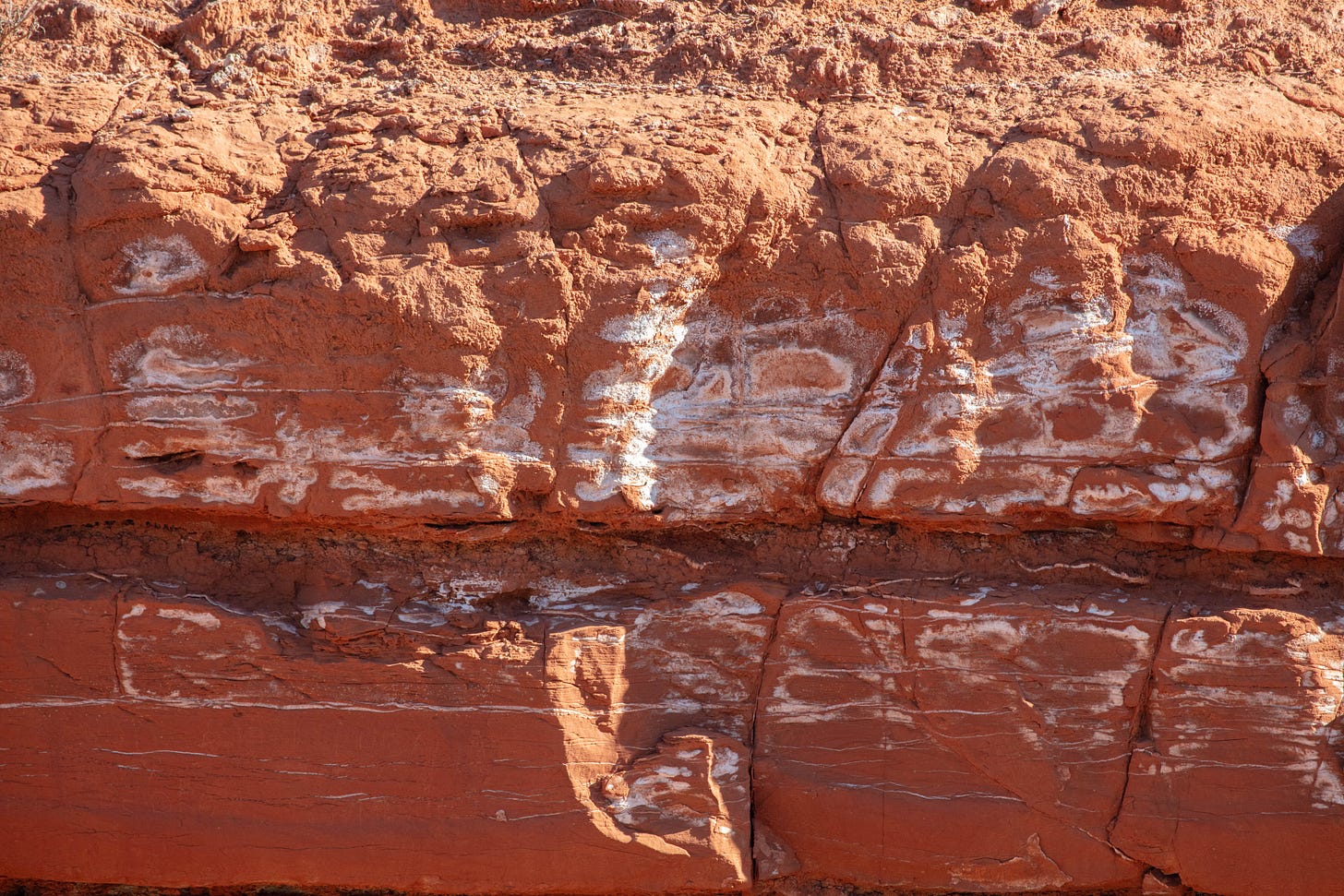
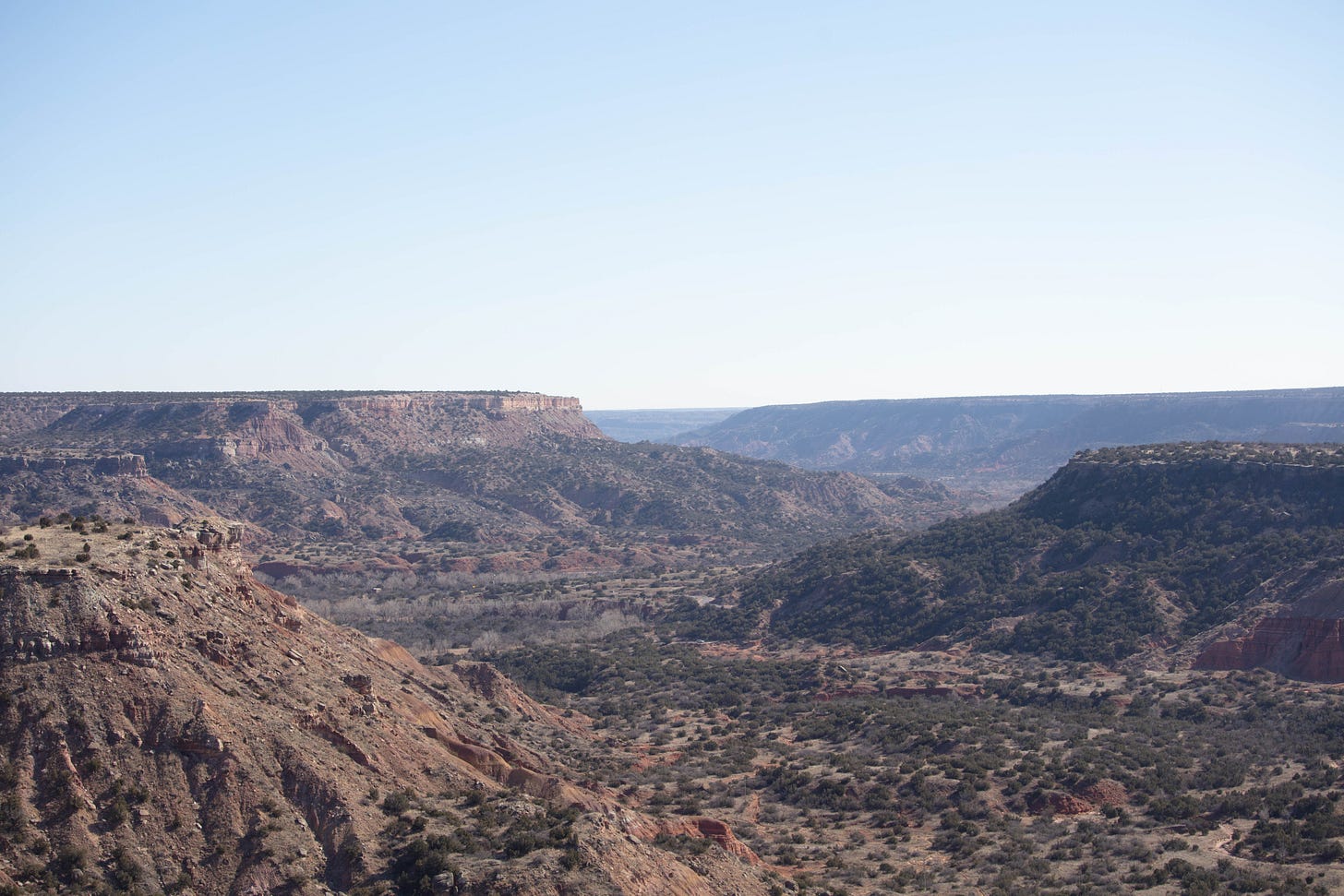
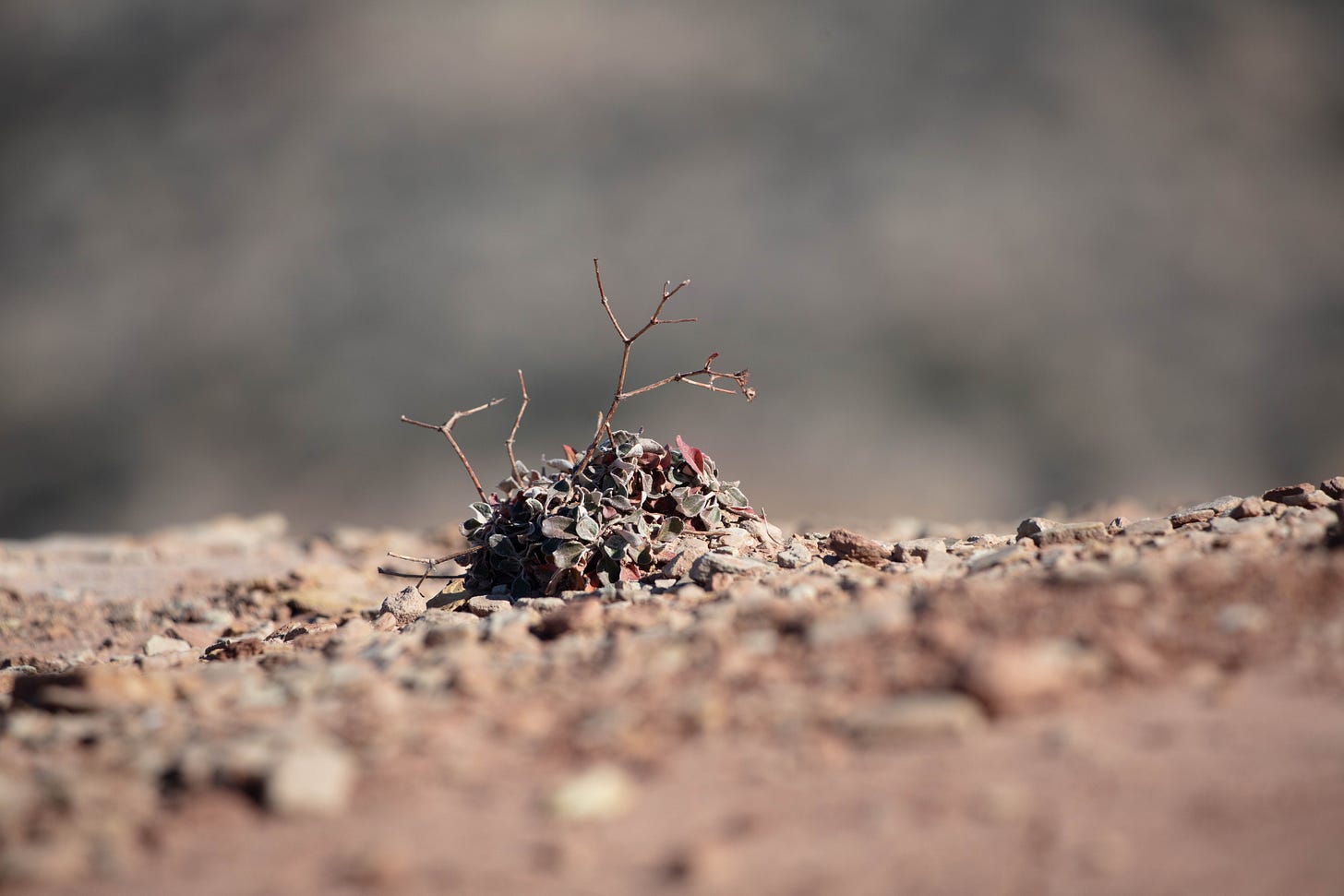
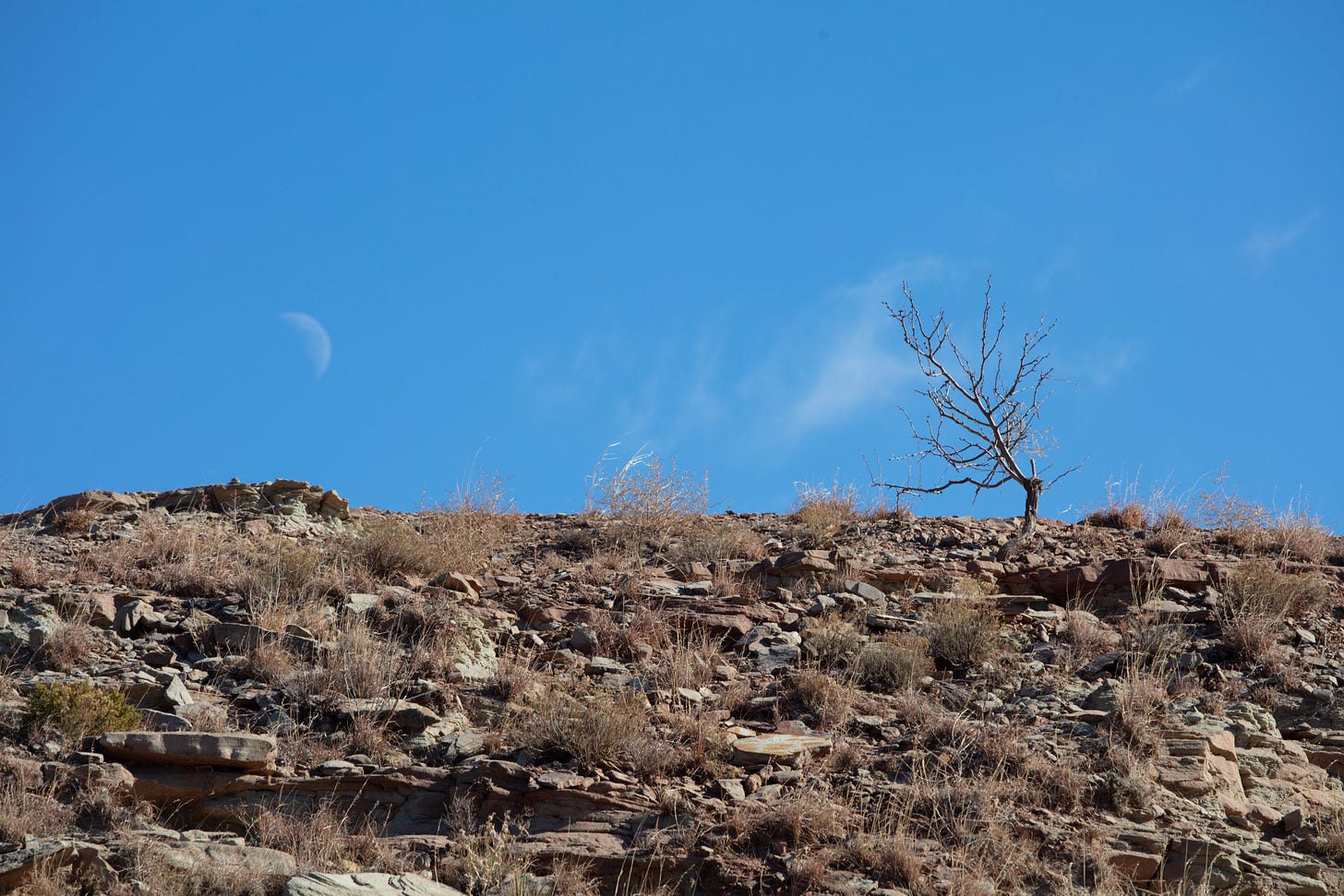
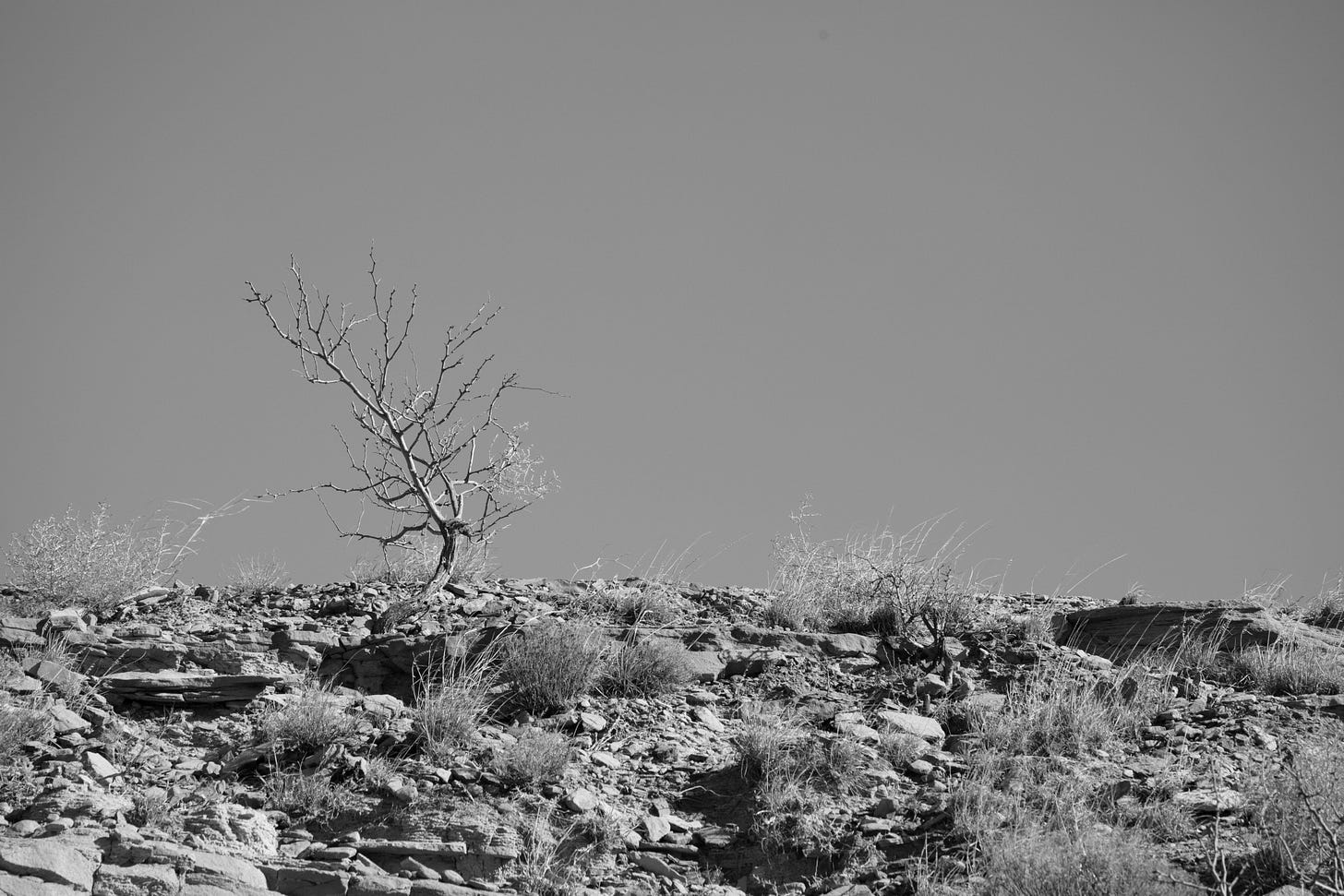

I'm so glad my last minute recommendation worked out! Next time, there's plenty of Texas left to see. I have only been to Palo Duro once but need to make a trip back up there soon. Your bird photos were wonderful!
Love the pictures!